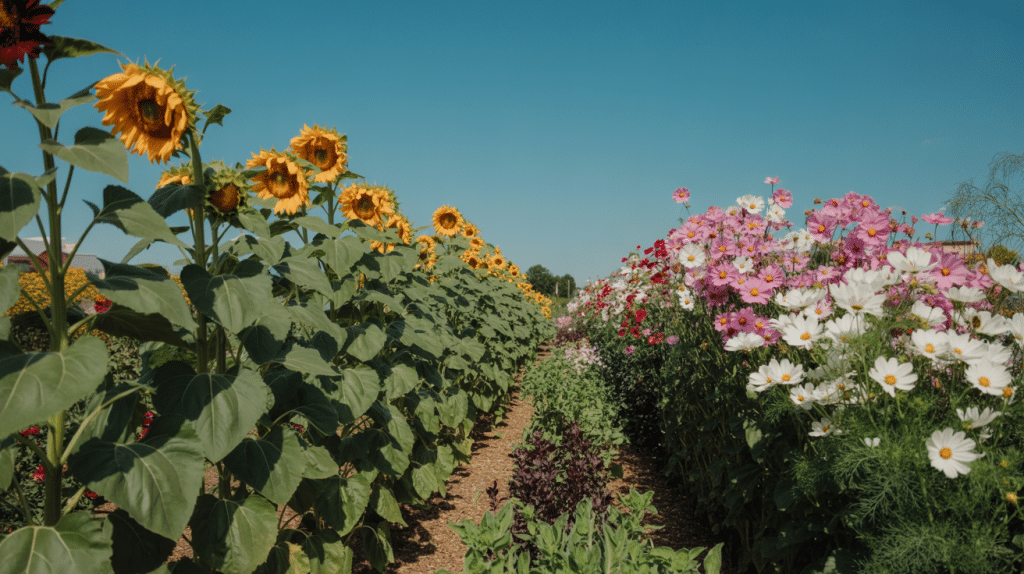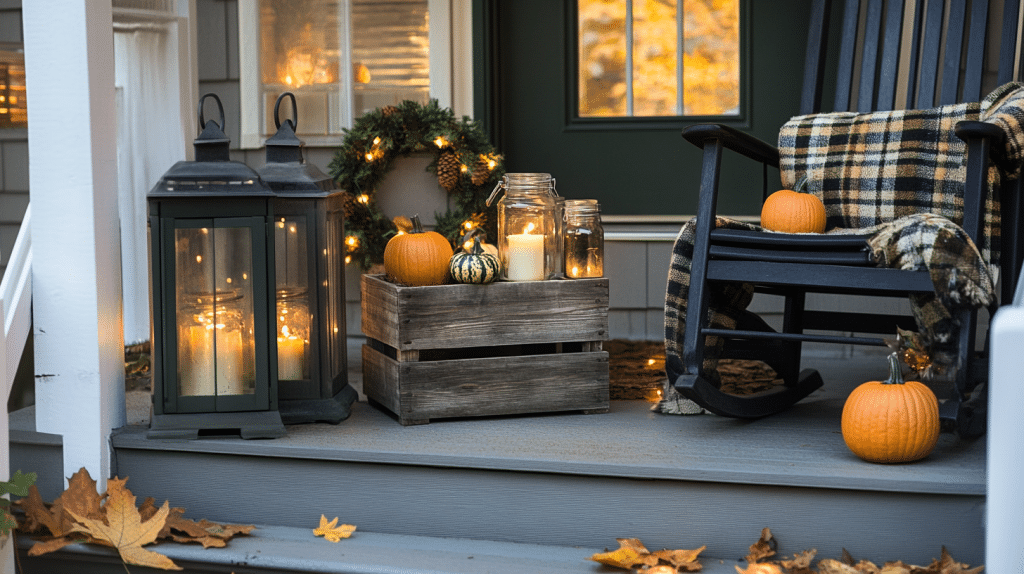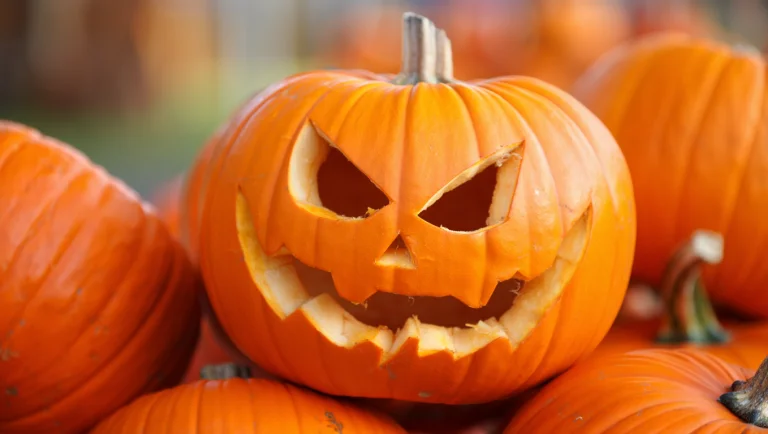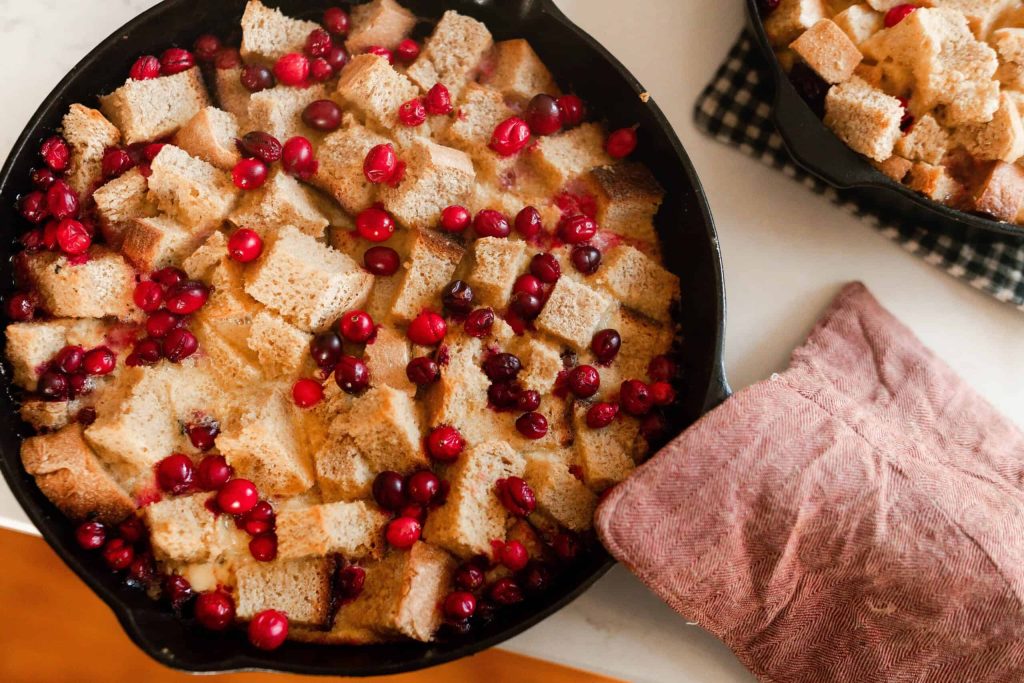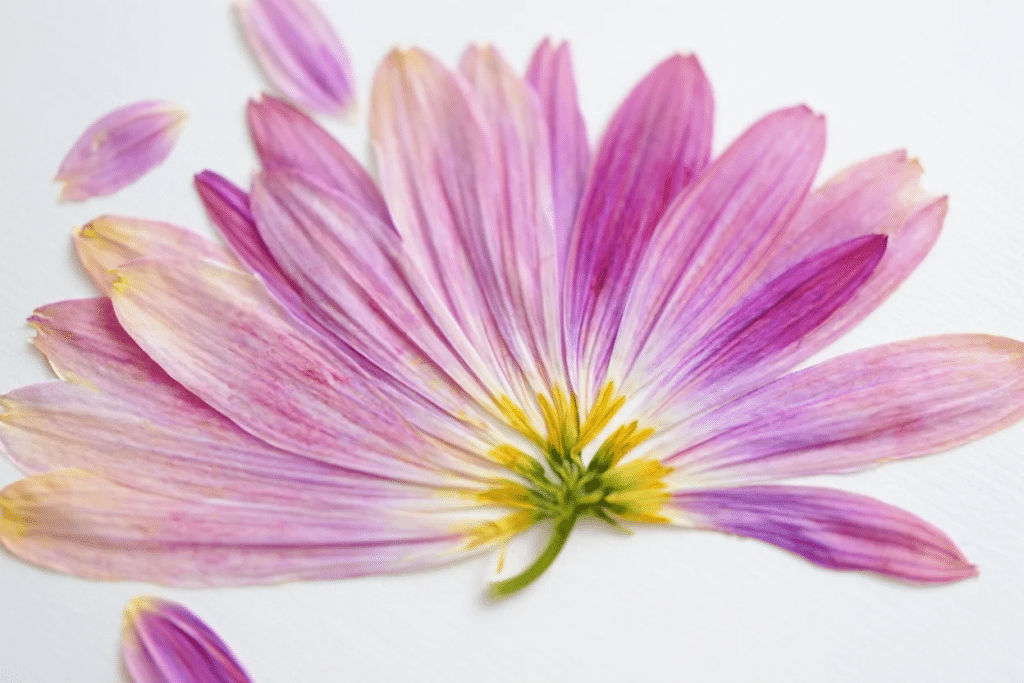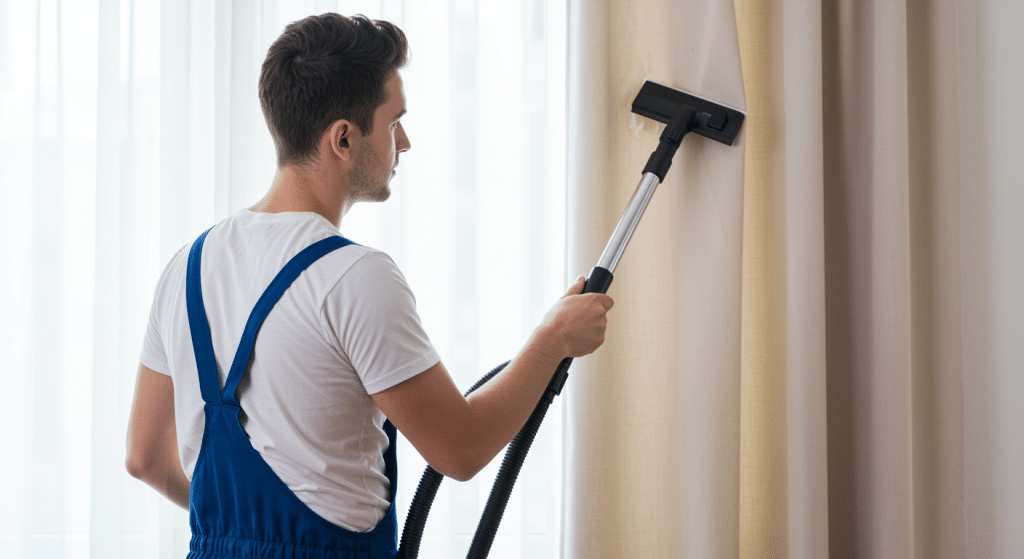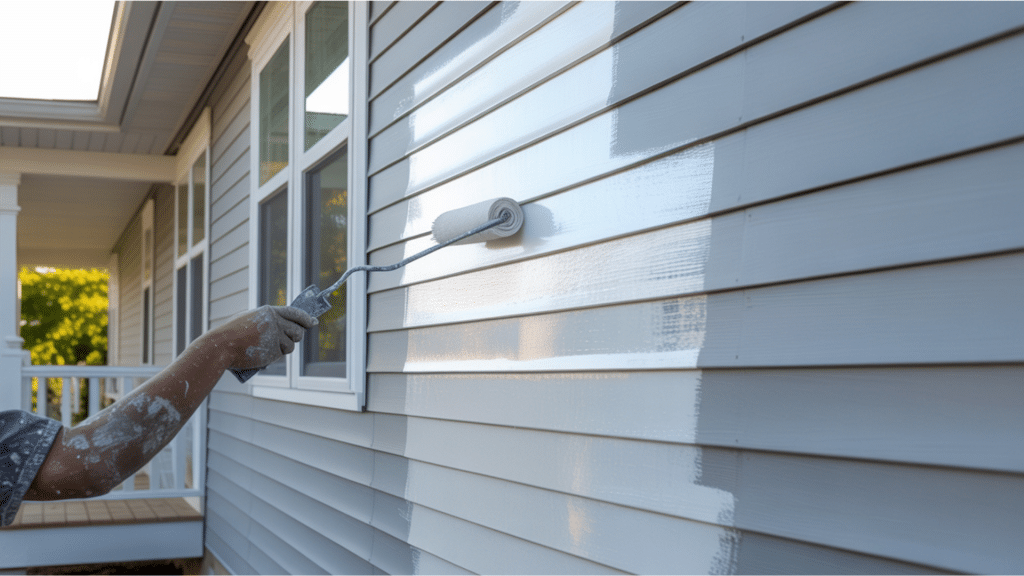If you’re wondering which are the best cut flowers to grow from seeds, you’re not alone I’ve been there too.
Growing your own best cut flowers from seed is one of the most rewarding garden projects you’ll ever tackle.
Not only is it budget-friendly, but you’ll have unique blooms that outshine anything from the grocery store.
In this blog, I’ll share my top-performing choices for the best cut flowers to grow from seeds, easy, productive varieties that give you nonstop blooms and stunning bouquets all season long.
Benefits of Growing Cut Flowers from Seed
Starting your own cut flowers from seed transforms both your garden and your home with advantages that extend far beyond simple aesthetics.
While many gardeners default to buying nursery starts, growing from seed opens up a world of possibilities.
Financial Advantages:
The economics are compelling – where you might spend $50 or more on nursery seedlings, a single seed packet costing just $3 can yield dozens of thriving plants.
This dramatic cost difference becomes even more pronounced with specialty varieties like lisianthus or delphinium, which command premium prices as established plants but germinate readily from affordable seeds.
Superior Quality and Freshness:
Nothing compares to the longevity of homegrown blooms.
Commercial flowers often travel for days before reaching stores, where they’re treated with chemicals to extend shelf life.
In contrast, flowers cut fresh from your garden at their prime can last twice as long in arrangements, bringing extended beauty to your home.
Key Benefits Include:
- Access to rare and heirloom varieties unavailable at local nurseries – from unusual cosmos shades to vintage sunflower cultivars
- Complete control over growing conditions, ensuring chemical-free flowers you can trust
- The ability to succession plant throughout the season for continuous blooms from spring through fall
- A reliable supply of fresh flowers for your home, special events, and thoughtful gifts without retail markups
The Best Cut Flowers to Grow from Seed
After years of growing flowers, I’ve found that some varieties consistently outperform others when it comes to seed starting success and vase life.
These flowers have earned their place as the best cut flowers to grow from seed for a garden.
1. Zinnias
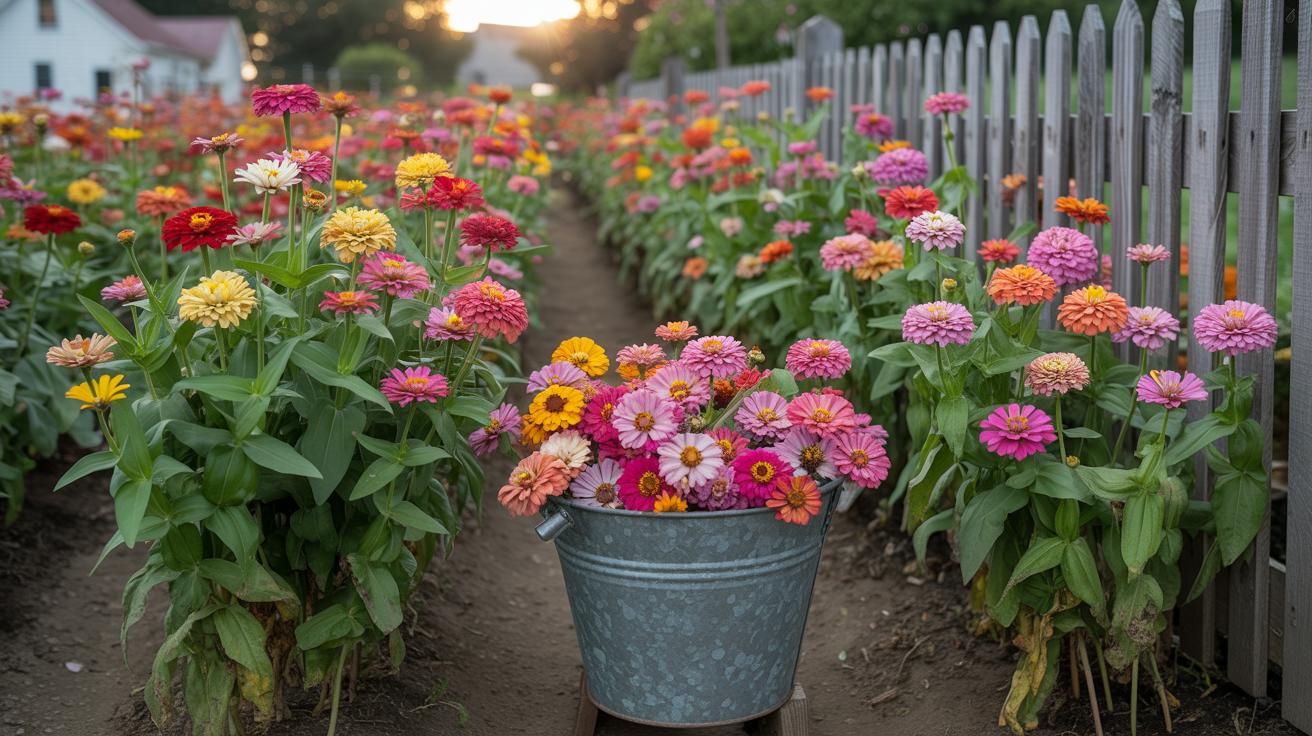
Zinnias are my go-to cut flower for effortless beauty and non-stop color all summer long. They’re incredibly easy to grow from seed and reward me with armloads of blooms in no time.
- I love that zinnias flower quickly, often within 60 days of planting.
- Their blooms range from small buttons to huge, dinner plate-sized flowers, and come in every color except true blue.
- Each stem lasts about a week in the vase, and the more I cut, the more they bloom, making them true “cut and come again” flowers.
- Best of all, zinnias thrive in heat and drought, so they keep going strong even when other flowers struggle in the summer sun
2. Cosmos
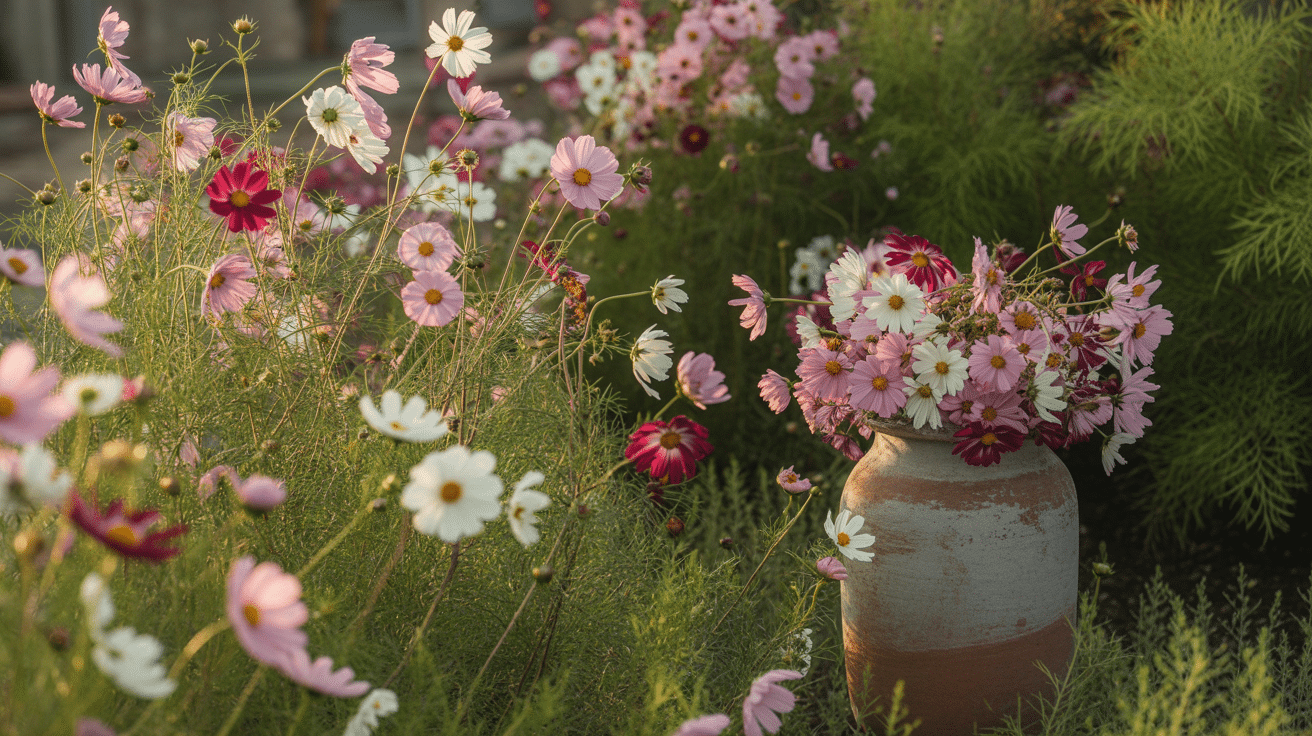
Cosmos are, to me, the very definition of garden grace. Their delicate, daisy-like blooms on slender stems bring a sense of movement and elegance to both my garden beds and bouquets.
- I find cosmos incredibly easy to grow straight from seed, and they actually bloom better in poor soil.
- Their fernlike foliage gives wonderful texture, and they keep flowering right up until frost with almost no effort from me.
- Available in dreamy pinks, whites, and deep crimson, cosmos add an airy, romantic touch to any arrangement.
3. Sunflowers
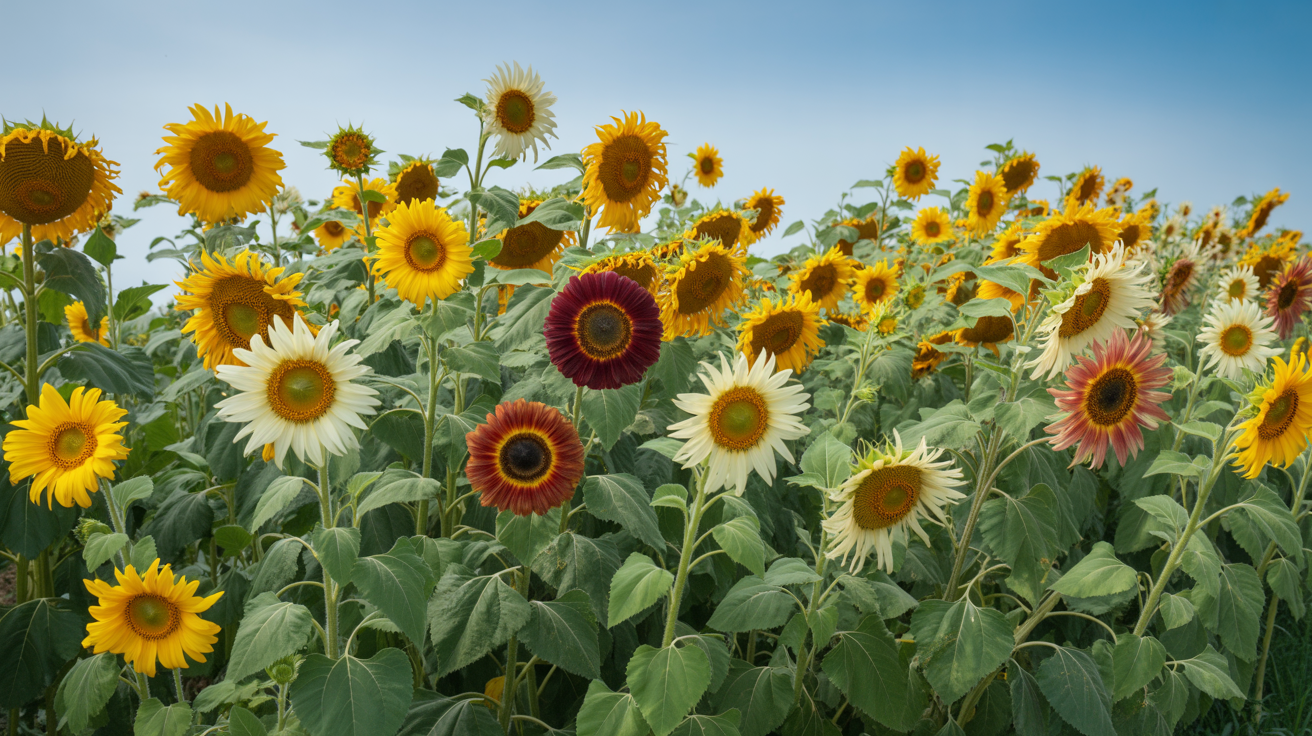
Sunflowers bring so much joy to my garden with their cheerful blooms and impressive heights. I especially love how the branching varieties become true cutting superstars, giving me multiple flowers per plant.
- They’re among the easiest flowers I’ve grown from seed and can be sown directly after the last frost.
- While the classic yellow is iconic, I enjoy experimenting with varieties in burgundy, rust, and creamy shades.
- Their strong stems and vase life of 7–10 days make sunflowers a staple in my cutting garden.
4. Snapdragons
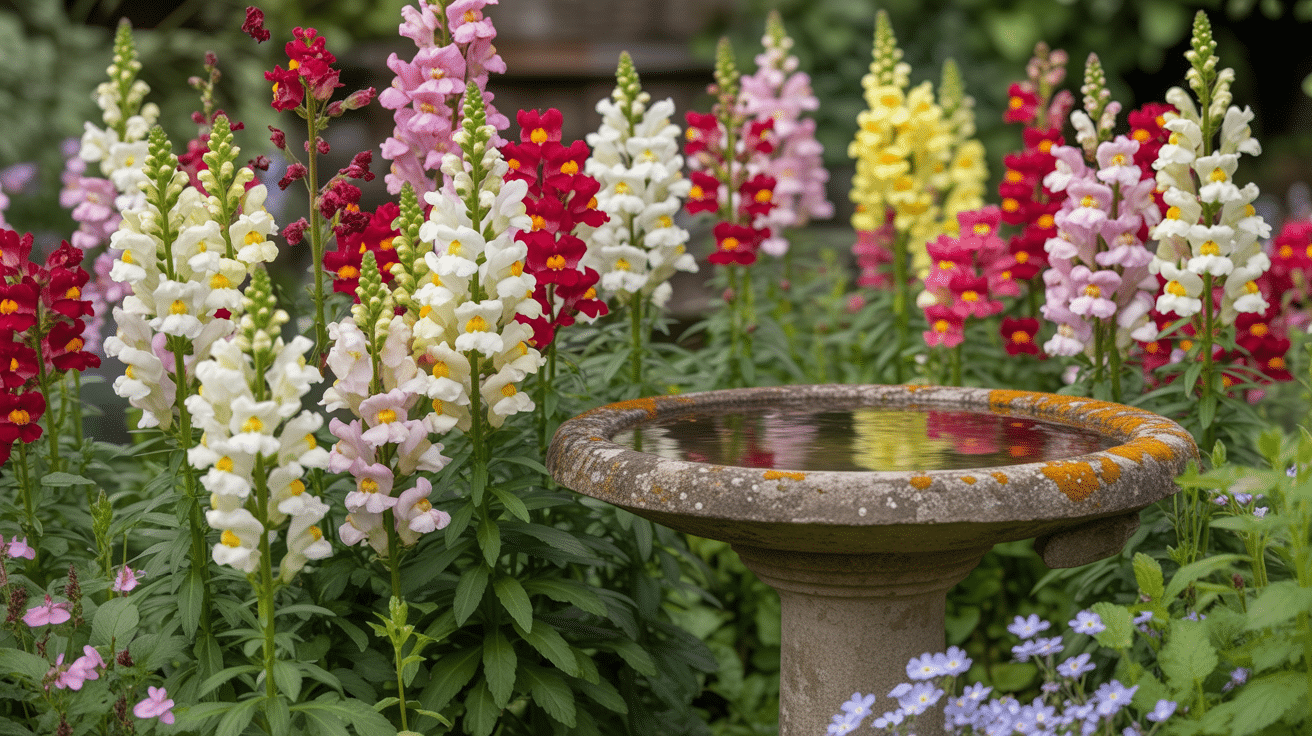
Snapdragons add such striking height and architecture to my bouquets with their dramatic spires of blooms.
While they’re a bit trickier to start from seed since they need light to germinate, the payoff is months of flowers from spring through fall in cooler climates.
- Their ruffled blooms come in nearly every color and have a subtle, sweet fragrance.
- I find they last up to 10 days once cut, which is impressive for fresh flowers.
- Their unique, upright shape brings vertical interest to my arrangements that few other flowers can match.
5. Sweet Peas
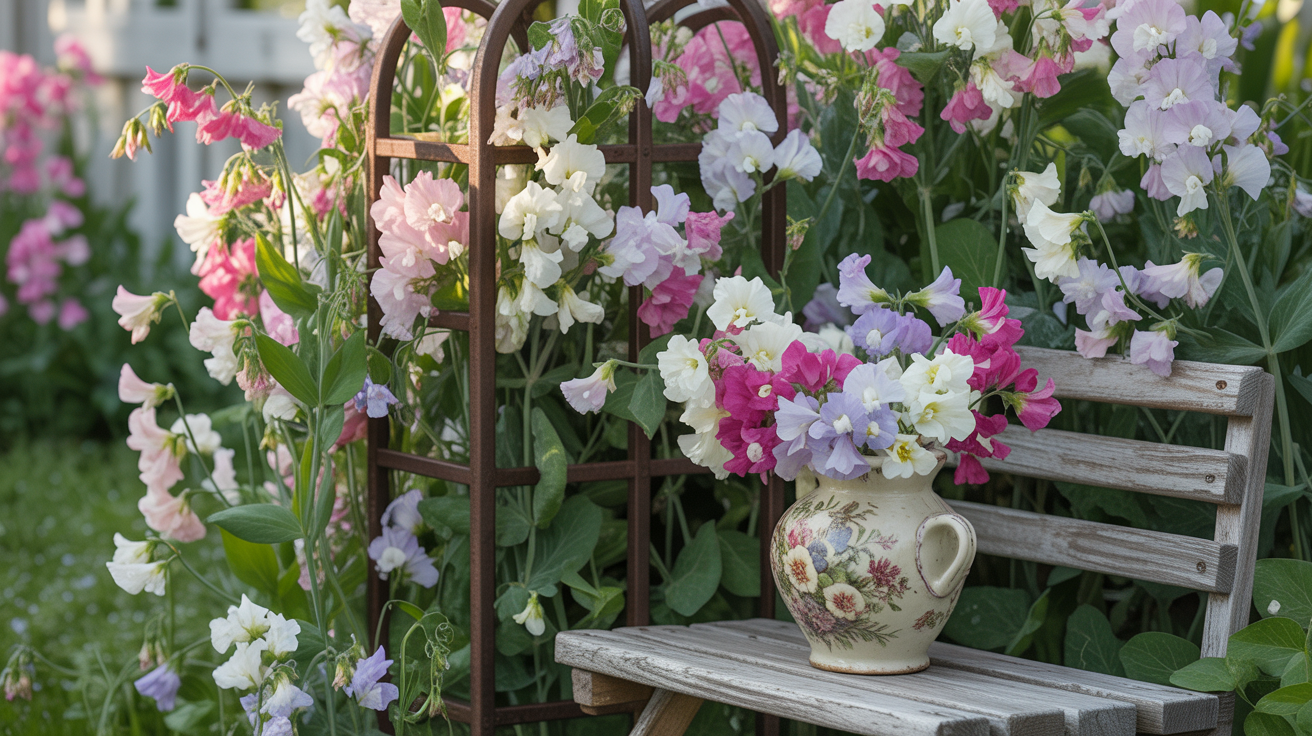
Sweet peas completely captivate me with their intoxicating fragrance and delicate, ruffled blooms. These cool-season climbers produce masses of flowers on long stems, making them perfect for cutting.
- I always start them early indoors or direct sow in fall (if the climate is mild) to enjoy spring blooms.
- The more I cut, the more flowers they produce, which is truly rewarding for any gardener.
- Their color range is stunning, from soft pastels to lively magentas, ideal for romantic arrangements.
- While their vase life is only about 5 days, their unmatched scent makes every bouquet special.
6. Celosia
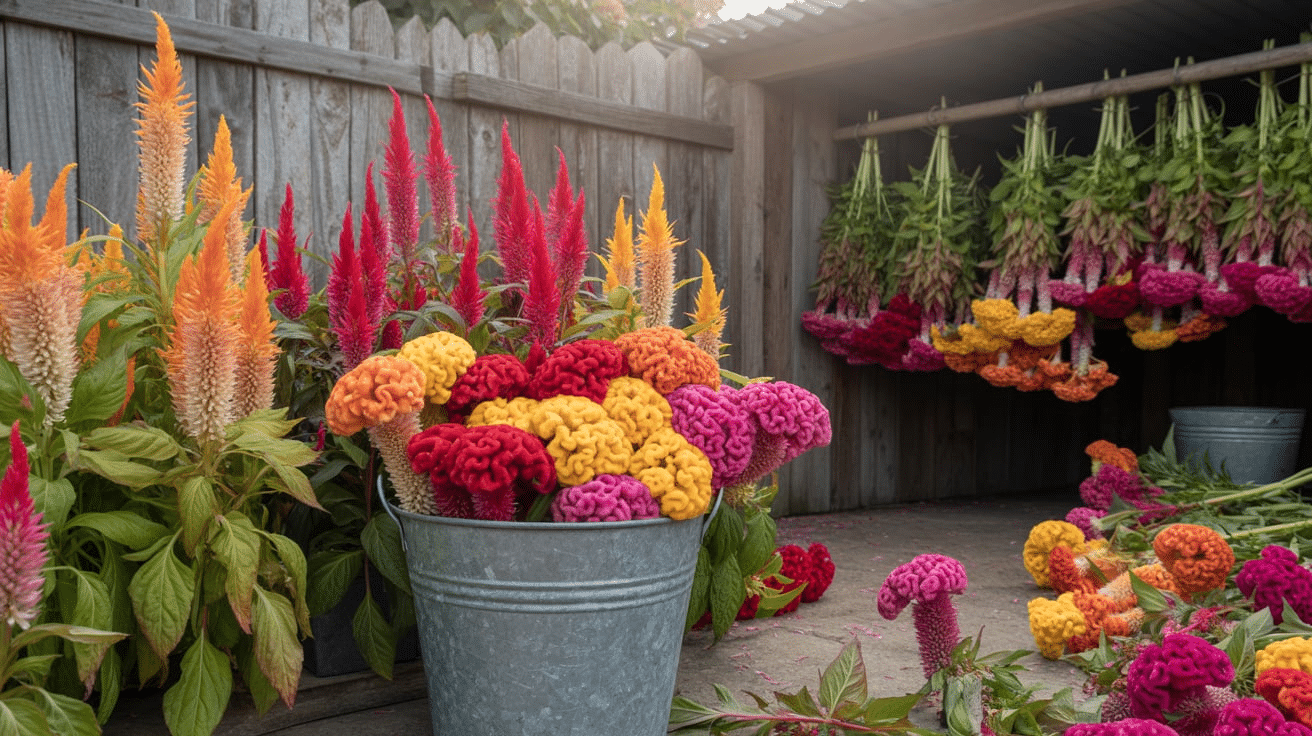
Celosia brings such a unique texture to my cutting garden with its unusual flower forms, from feathery plumes to brain-like crests.
I love how easy they are to grow from seed, thriving in the summer heat and producing nonstop.
- Their fiery oranges, reds, yellows, and pinks hold color beautifully, even when dried.
- The strong, straight stems make them perfect for both fresh and dried arrangements.
- With a vase life of 7–10 days and their ability to dry perfectly, celosia feels like two flowers in one.
7. Strawflowers
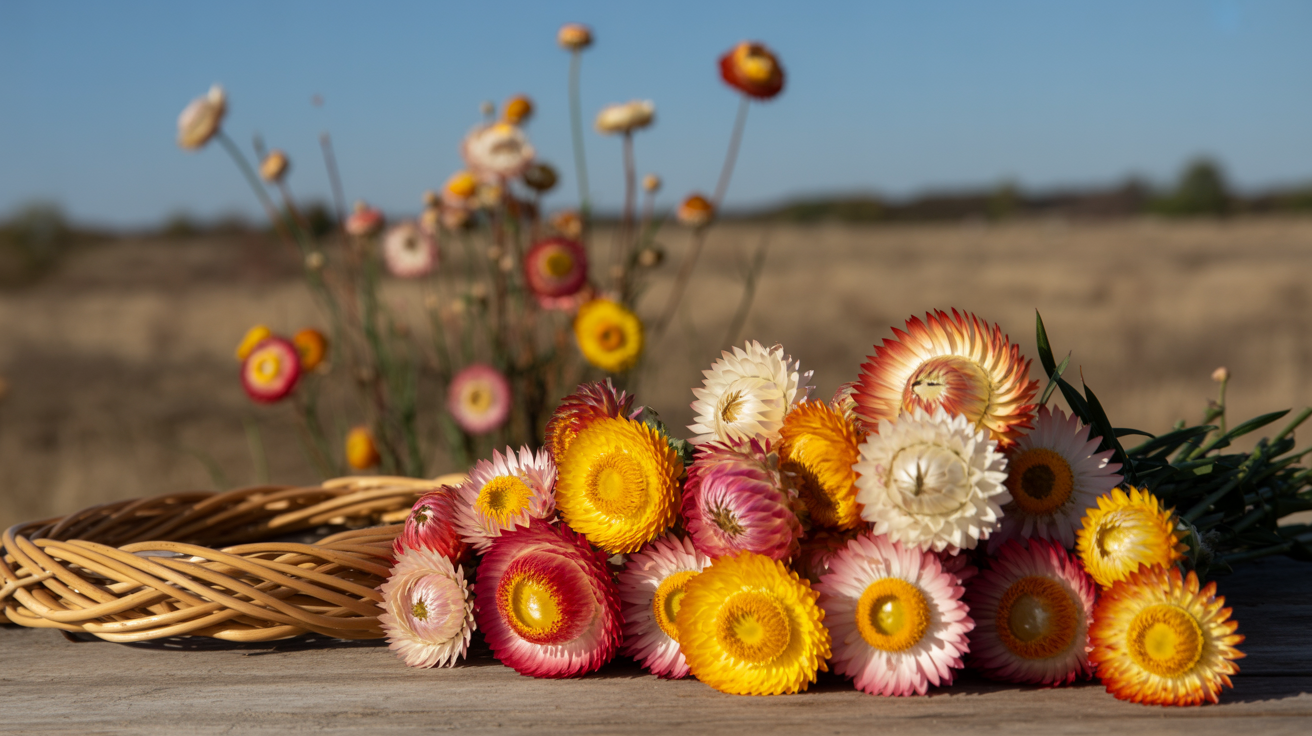
Strawflowers have become my secret weapon for adding interesting texture to bouquets. Their papery petals really do feel like straw, which is how they got their name.
- These annuals are incredibly easy for me to grow from seed and thrive in hot, dry conditions.
- I love their bright yellows, oranges, pinks, and whites, which give season-long color.
- What makes strawflowers unique is how fresh they look even when dried, perfect for both fresh arrangements and dried wreaths or winter bouquets.
8. Larkspur
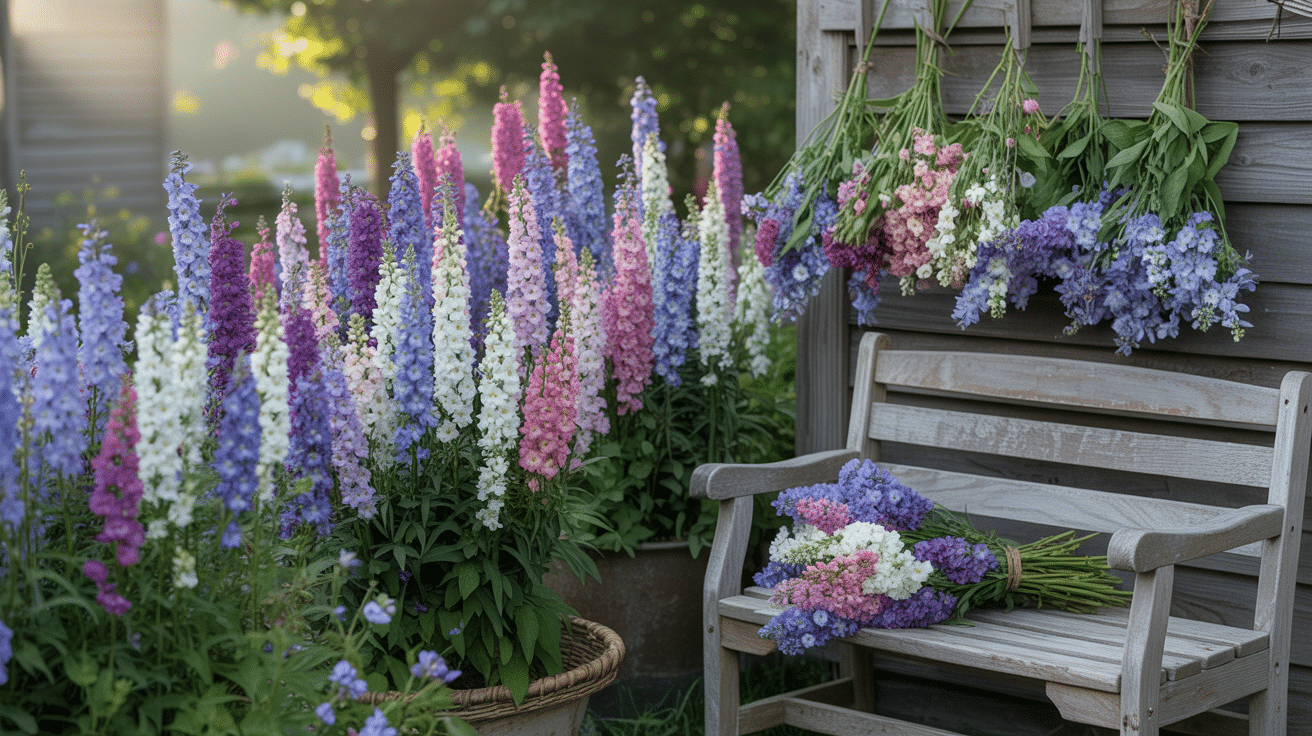
Larkspur brings such charming cottage garden vibes to my early summer bouquets with its tall spikes of delicate blooms.
Though related to delphinium, I find larkspur much easier to grow from seed, and I can direct sow it in fall or early spring.
- The jewel-toned flowers in purple, pink, blue, and white stand tall on strong stems, adding beautiful height and vertical interest to my arrangements.
- With a vase life of 7–10 days and their ability to dry beautifully, larkspur offers both versatility and elegance to my cutting garden.
9. Gomphrena
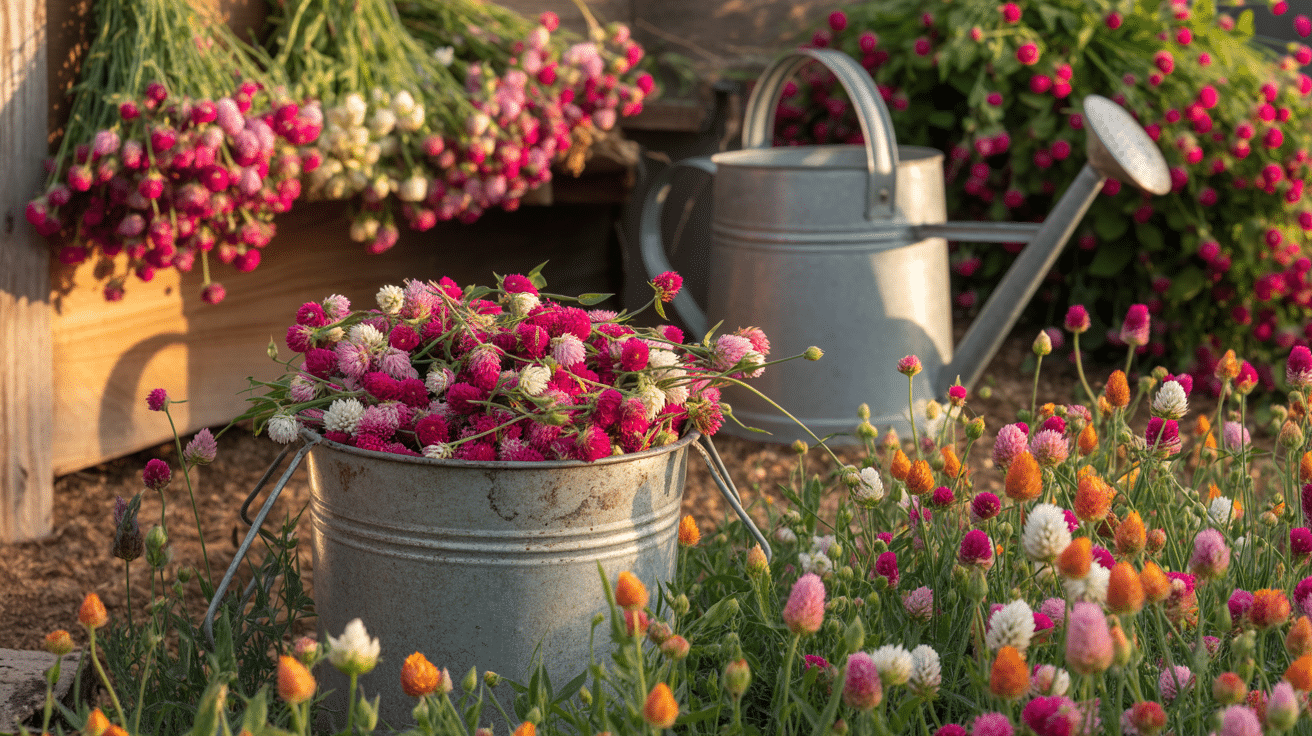
Gomphrena has truly earned its place in my cutting garden thanks to its incredible durability. These clover-like blooms hold their lively colors for weeks in a vase and dry perfectly for winter arrangements.
- The plants are wonderfully heat and drought-tolerant, flowering non-stop from summer right up until frost.
- While the stems are usually just 18–24 inches tall, they branch out with multiple blooms, making each plant super productive.
- Their candy-like colors, hot pink, orange, purple, and white, add playful pops to all my mixed bouquets.
10. Amaranth
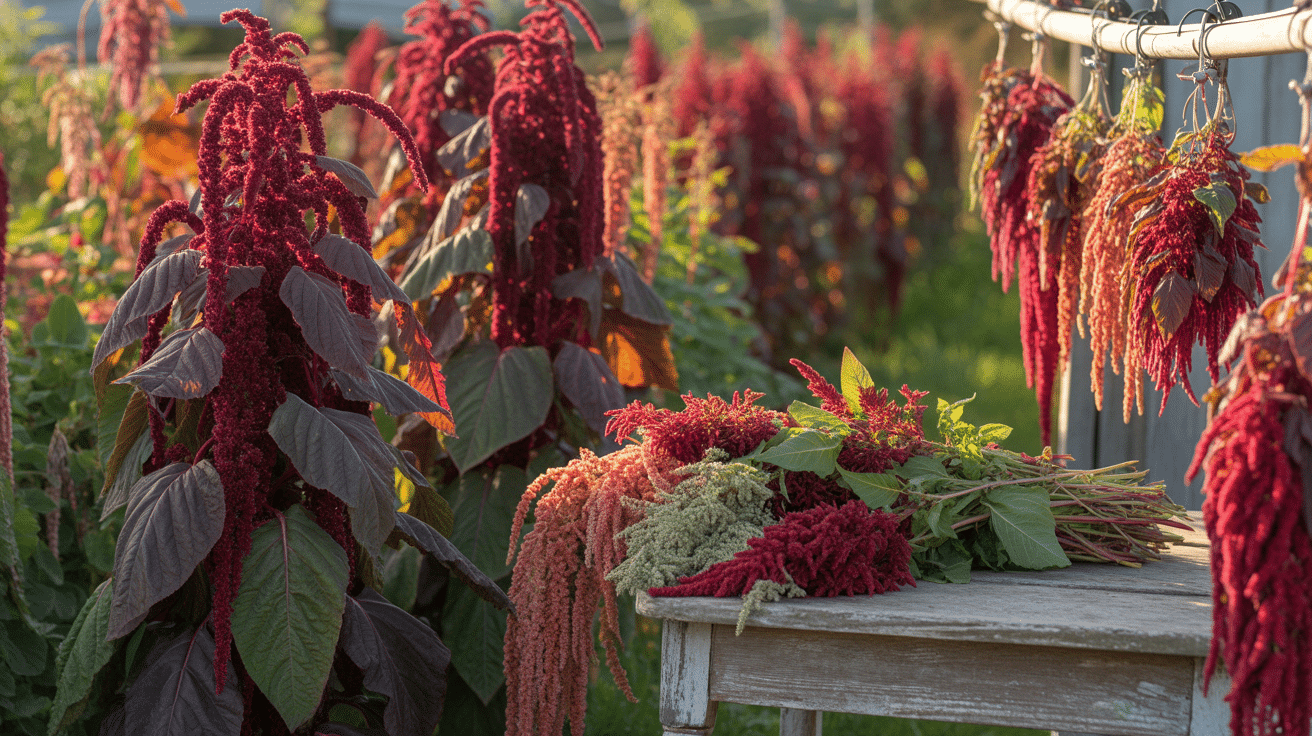
Amaranth brings dramatic flair to my late summer bouquets with its striking drooping tassels and upright plumes.
I find it extremely easy to grow from seed, and it thrives in the summer heat when other flowers might fade.
- The rich burgundy, red, and green varieties add bold color and unusual form to my arrangements.
- The tassels can reach up to 2 feet long, creating a beautiful cascading effect in bouquets.
- With a vase life of 7–10 days and excellent drying qualities, amaranth gives me long-lasting beauty both fresh and dried.
Pro Moves for an Exceptional Cutting Garden
| Aspect | Tip | Why It Adds Value |
|---|---|---|
| Companion Planting | Grow herbs like basil, dill, or mint among flowers | Acts as filler, repels pests, and adds fragrance |
| Labeling Rows | Use waterproof plant markers or painted stakes | Helps with harvesting, replanting, and avoiding mix-ups |
| Pollinator Boosters | Add flowers like borage or calendula near your cut flowers | Increases pollination, leading to more blooms |
| Cut Flower Tools | Keep a clean bucket, sharp snips, and floral preservative on hand | Improves harvest efficiency and bouquet quality |
| Weather Protection | Use row covers or shade cloth during heatwaves or unexpected frost | Shields tender seedlings and extends bloom season |
| Seed Saving | Let a few flowers go to seed and collect them for next season | Saves money and preserves your favorite varieties |
| Soil Tracking | Keep a small garden journal or app to log bloom times & soil issues | Helps plan future plantings and improve garden performance |
| Drying Station Setup | Install a drying rack or hanging line in a dark, dry area | Great for preserving strawflower, celosia, amaranth, etc. |
Process for Growing Cut Flowers from Seed
Growing cut flowers from seed isn’t complicated once you know the basics. After years of trial and error in my own garden, I’ve developed a straightforward process that yields armloads of blooms.
Here’s my simple approach to growing cut flowers from seed to vase.
Choosing the Right Seeds
Choose flower seeds suited to your growing zone and sunlight. Most cutting flowers need 6-8 hours of direct sun.
For beginners, try easy growers like zinnias, cosmos, and sunflowers, and buy from reputable seed companies for good germination.
Look for varieties labeled as good for cutting, as these have longer stems and better vase life
Starting Seeds Indoors
I start seeds indoors 4–8 weeks before the last frost, using clean trays and seed-starting mix. I sow seeds at the depth on the packet and use biodegradable pots for flowers like zinnias.
Keep the temperature at 65–75°F, sometimes with a heat mat, and give seedlings strong light from a sunny window or grow lights just above them.
Transplanting Outdoors
Harden off seedlings by gradually exposing them to outdoor conditions for 7-10 days.
Transplant after frost danger has passed and seedlings have at least two sets of true leaves. Space plants as recommended for air circulation, amend soil with compost and slow-release fertilizer, and water thoroughly after planting.
Maintenance
For abundant blooms, I keep my cutting garden well-watered but not soggy about 1 inch per week watering at the base to keep foliage dry and prevent fungal issues.
Fertilize every 2-3 weeks with a liquid flower fertilizer, avoiding high-nitrogen types.
I mulch to suppress weeds and retain moisture. For pests, I check plants regularly and use insecticidal soap for aphids or Japanese beetles. I install stakes or netting early to support tall flowers before they flop.
Cutting and Harvesting
I harvest flowers early in the morning when they’re well-hydrated, using clean, sharp scissors to cut stems at a 45-degree angle.
Place them straight into a bucket of water, remove any leaves below the waterline, and cut stems longer than needed. Most flowers are best picked just as they start to open.
For longer vase life, I change the water every few days and keep arrangements out of direct sun and away from fruit
Final Thoughts
Now you have all the essentials to start your own cutting garden from seed. Growing flowers is an experience; each season brings new lessons as you discover what thrives in your unique space.
There’s nothing quite like stepping into your garden with scissors in hand, ready to harvest flowers you’ve nurtured from seed to vase.
Share your cutting garden successes or questions in the comments below. And don’t forget to check back for more seasonal flower growing tips.
Happy growing and even happier harvesting.


